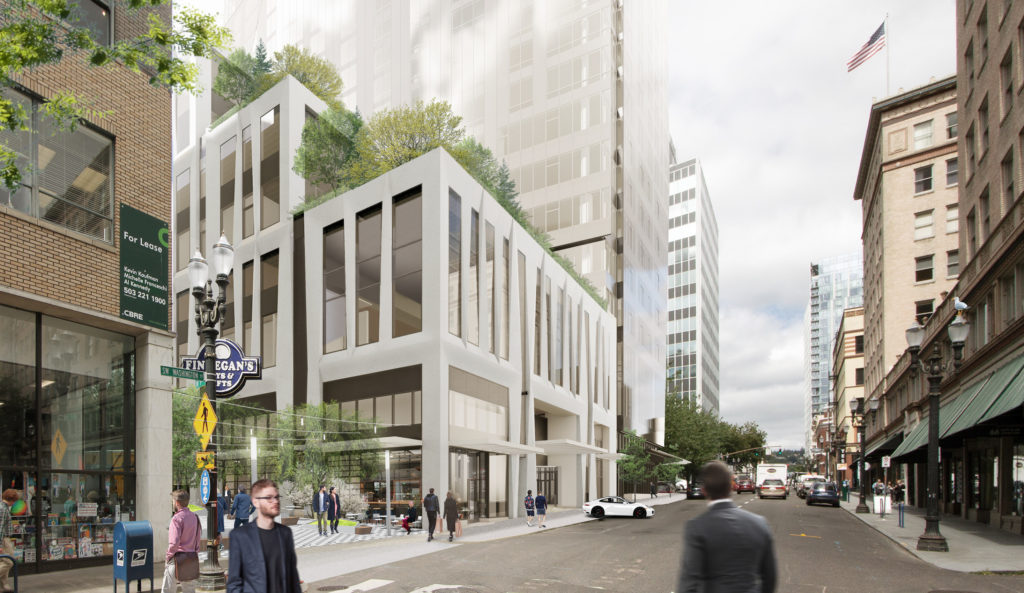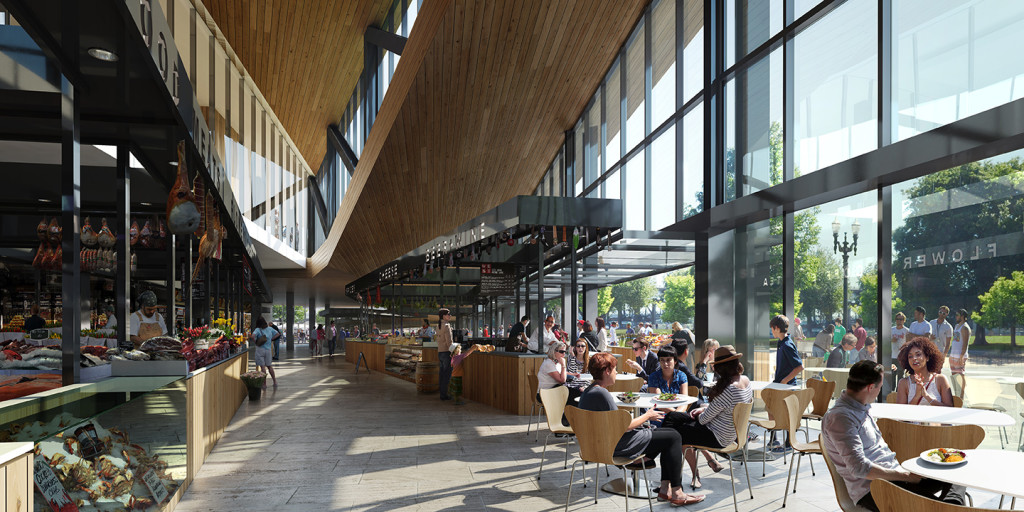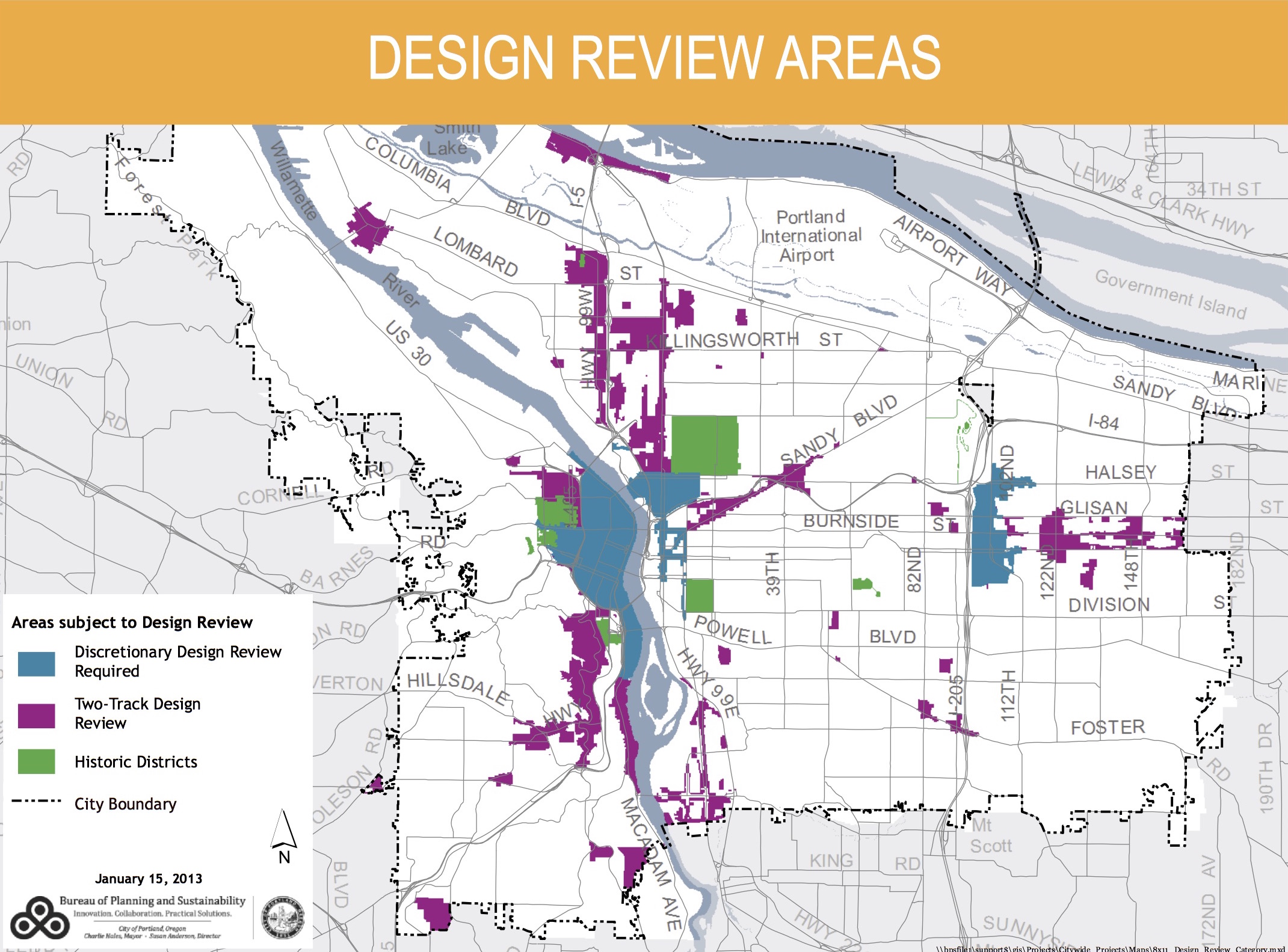This is a repost of an email release by Restore Oregon, republished with their permission.

The enduring popularity and charm of older buildings – and the growing recognition of their value to a community – means Restore Oregon, a non-profit preservation advocacy organization, receives hundreds of calls from all types of Oregonians. Calls come in daily from individuals, local agencies, and organizations requesting help to preserve historic properties, heritage barns, shuttered theaters, decommissioned schools, and just about anything else that can be considered a historic place.
To better serve Oregonians trying to understand and navigate the often daunting task of rehabilitating a historic structure for current use, and figuring out how to pay for it, the non-profit recently created a Preservation Toolkit.
The Preservation Toolkit offers a step-by-step framework to develop and execute a Preservation Plan for a historic property so it can be viably, sustainably reused. It’s a valuable tool for individual property owners, organizations from Main Street business associations to historical societies, and government agencies working to revive a historic building. And thanks to grant funding from the Oregon Cultural Trust, Pacific Power, and the Oregon Community Foundation, it is available free of charge.
Individual modules tackle particular aspects of preservation planning in a logical way:
- Preservation Process Overview: a simple flowchart illustrating the steps for a successful preservation project.
- Orientation to Preservation & Adaptive Reuse: introductions to terminology, standards, organizations, and the National Register.
- Condition Assessment Checklist: a top-to-bottom checklist for examining and documenting the current state of your property.
- Creating a Viable Rehabilitation Plan: a guide to determining a feasible new use for your property, and testing the economic dollars and sense with financial pro forma templates.
- Funding Sources & Incentives: bank loans, grants, tax credits – what is available and the associated stipulations.
- Working with the Right Preservation Professionals: assembling the right team and understanding the role they play can make or break your project.
- Organizing & Building Community Support: tips on telling your story and getting the community on board.
- Maintenance Planning: what should be included in a maintenance plan and how to approach it.
The Preservation Toolkit is an effort to address the enormous need for preservation assistance and information across the state, and the fact that there are few resources to meet it. From assessing the condition of a structure to developing a reuse strategy, understanding standards and regulations to locating contractors qualified to do the work and finding the money to pay for it, Restore Oregon’s Preservation Toolkit provides the roadmap.
It may be downloaded at www.RestoreOregon.org/preservation-toolkit.



